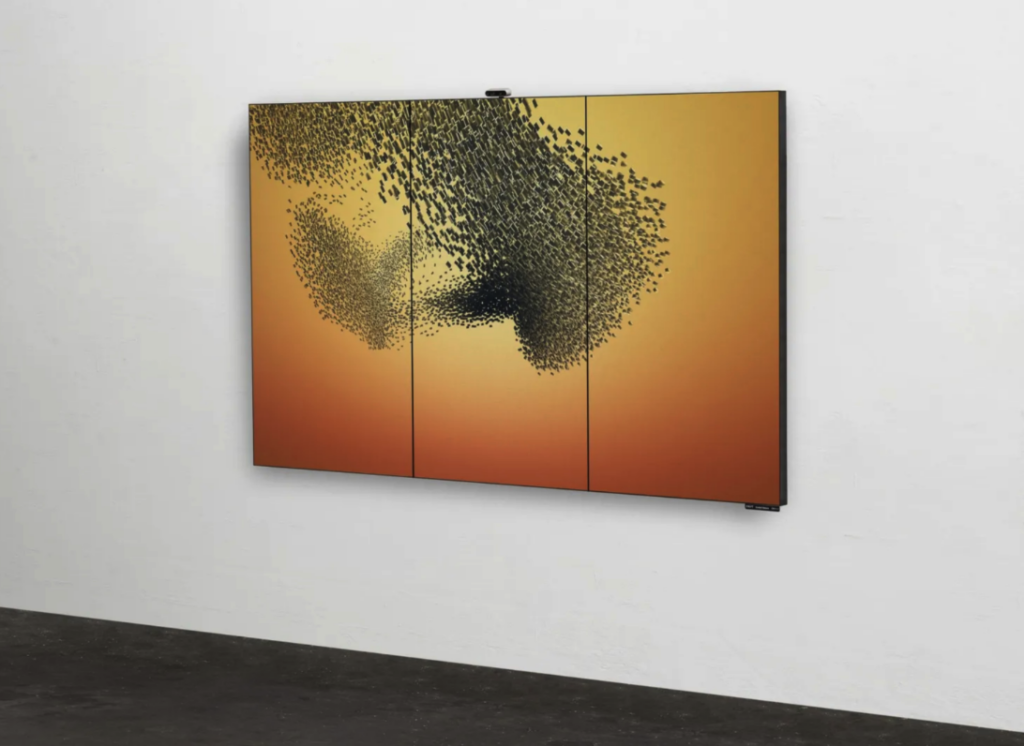
We’re not the only ones who are obsessed with data.
We’re data analysts who love art, but what about artists who love data?
We’re well aware of just how beautiful data can be, but when the minds of artists visualise and decodify it, it becomes something else altogether. Part magic, part bold truth. Today we’re bringing you two artists that do just this.
Mona Chalabi
(born 1987, London, United Kingdom)
Global ranking: 20,308
United Kingdom ranking: 1,054

The data journalist, writer, illustrator, producer, presenter, and 2023 Pulitzer Prize winner for Illustrated Reporting and Commentary, Mona Chalabi decodes data with thoughtful illustrations to make it accessible and understandable for all. Chalabi is not overly prevalent in the traditional art world sense, skipping over gallery exhibitions, the artist gains recognition directly in museums, public installations, infographics for the New York Times and the Guardian (among others), and on her Instagram.
Nevertheless, she is an artist, and one that uses her voice and skillset to challenge the status quo by posing difficult political questions, via her fact-based art. Her works shock in their pleasingly accessible brightly coloured figurative illustrations that deliver some very hard facts. Her works may not be sold by galleries or auction houses, but they are seen by millions of people, and inform and also inspire divisive discourse.

Studio Drift
(formed 2007)
Global ranking: 3,117
Netherlands: 52
United Kingdom ranking: 206
The Dutch artist duo Lonneke Gordijn (1980) and Ralph Nauta (1978) are the creatives behind Studio Drift, which is now comprised of a multidisciplinary team of 65. Whether a gust of wind in a field of grass, the flight patterns of starlings, or the opening and closing mechanism of a flower, nature is a foundational source of inspiration for the duo.
The inescapable interconnectedness of human beings, the fascinating patterns and properties of nature, and discovering ways to re-establish our connection to nature are always prevalent themes in the experiential sculptures, installations and performances that the duo creates. Their research-based creations are both technically and visually awe-inspiring.

One such example is Coded Nature (2022) which explores the relationship between humans, nature and technology with real-time interactive digital starling swarm software. The swarm of DRIFT blocks, generated by an algorithm replicates the movements of a starling murmuration, and responds to the audience. The work questions our own concept of freedom when considering the societal rules and conventions that we live by, and by highlighting the importance of the group. Asking the question: Is freedom an illusion?
While Mona’s work focuses on visualising data, Studio Drifts is more concentrated on re-visualising patterns seen in nature as art. Either way, creating art out of in-depth research and data creates fascinating results.
Do you have a favourite artist that works with data that you’d like to share?Expand the way you see art,
Headerimage by Maxim Berg on Unsplash
